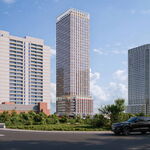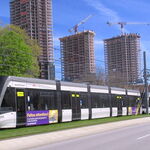Northern Light
Superstar
Since I've seen a few requests for a thread just on Toronto's Trees, I'm making this one.
I expect questions will still arise in various specific project threads, but if people want to have an intensive tree-related discussion, this will be a good spot.
I'll post this article from 2016 to get us started.
"An urban forest in crisis"
https://www.theglobeandmail.com/new...important-for-torontoscanopy/article31295396/
I expect questions will still arise in various specific project threads, but if people want to have an intensive tree-related discussion, this will be a good spot.
I'll post this article from 2016 to get us started.
"An urban forest in crisis"
https://www.theglobeandmail.com/new...important-for-torontoscanopy/article31295396/
Last edited:





